Problems of the Baltic Fleet or how to clean up the NATO lake
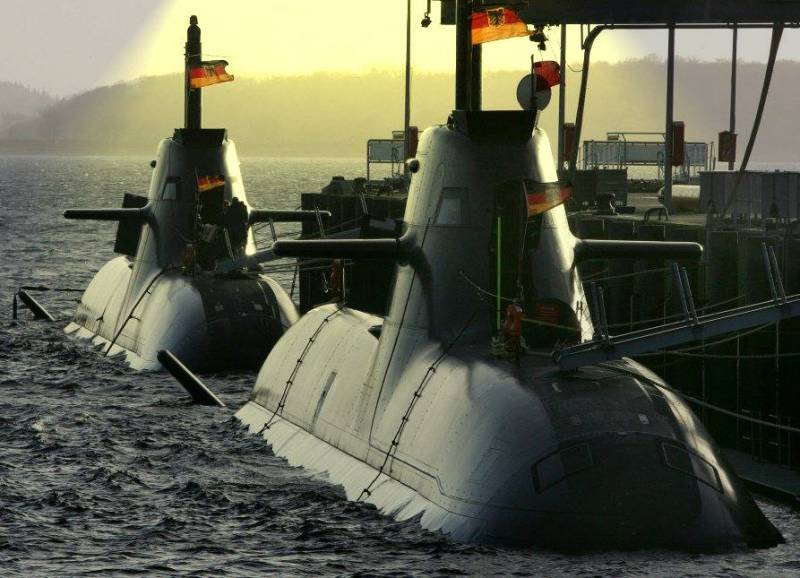
Continuation of the topic of possible consequences for Russia from the entry into NATO of Finland and (especially) Sweden. What will the Baltic Sea turn into and will not the fate of the DCBF be as sad as in the two world wars, that is, to be locked in a puddle around Kronstadt in anticipation of its natural end.
Almost the entire military-political writing staff has already spoken out on the topic of Finland and Sweden's accession to NATO, appreciating this unambiguous success of the Russian Foreign Ministry.
But in the end, many who are not indifferent were seriously concerned about the question of whether, in connection with this, the Baltic Sea in general and the Gulf of Finland in particular will not become, as has already happened in our stories, a sump for ships blocked in harbors?
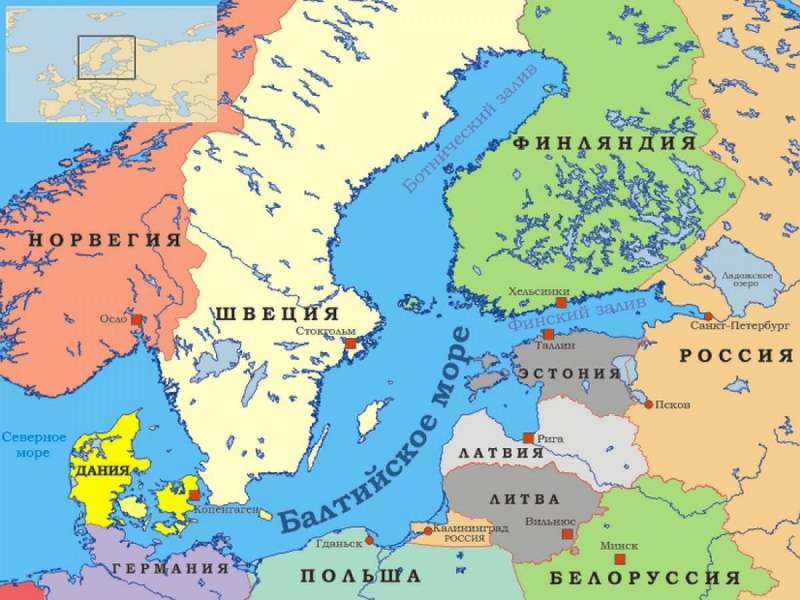
Of course, if you look at the map, everything looks sad. Considering that the Baltics have been in NATO for a long time, the addition of Sweden and Finland locks Russian ships in the Gulf of Finland, and the issue of blockade of Kaliningrad is not on the table, but is in the air like the very runes “mene, tekel, farel”.
The situation is complicated, if you do not go into details, and this is exactly what we will do now.
Listen to yourself: Estonia, Lithuania, Latvia. And one more thing: the Armed Forces of Estonia, Lithuania, Latvia. And the last: the naval forces of Estonia, Lithuania, Latvia. What do you hear inside your brain?
I think there are those who were simply indignant, and the majority smiled. Indeed, what fleets and the armies are we talking about if the armed forces of Estonia have a strength of 7 people, and the fleet consists of a command ship, three minesweepers and two boats? Latvia is tougher: the armed forces number 200 people, and the fleet consists of a minelayer, four minesweepers and eight boats. In general, the force is evil and dark.
But yes, the Balts have a coastline where you can place any kind of anti-ship weapon and the territory of the country, where you can let any troops of any countries.
That is, the Balts themselves do not show military force, but with the territory, yes, they can harm us. In theory. Because in practice, all that the newly-minted NATO members are capable of is jumping through the swamps in regular exercises depicting the defense of the “Suwalki corridor”. And they train everyone from among the NATO allies in this. Just some kind of conveyor is spinning.
Let's try to look at what will come out of the confrontation between NATO and Russia in the Gulf of Finland of the Baltic Sea.
The coastline of Russia is about 7% of the total, moreover, it is torn into two parts, the Russian one itself and the Kaliningrad enclave. Two positional areas isolated from each other, which will have strongholds of Kronstadt and Baltiysk. And both areas will fight in all sorts of ways, based on the forces at their disposal.
In general, in the realities of modern wars, the exit of ships from the cover zone of coastal air defense systems does not look like the best idea. This applies to our ships. The fact that in the escalation mode the Balts will be brought "everything and more, and it is possible without bread" is understandable.
The Latvians are already trembling with excitement, they were promised the Norwegian Naval Strike Missile anti-ship cruise missiles, and then the Latvian shooters will show these Russians ... The question is what will happen if they don’t, because in Latvia Kaliningrad is seriously considered a threat to the country's security. Axiomatic. Kaliningrad threatens all of Latvia precisely because it exists.
Poland is also arming. But she is arming in general, everything is in use there: South Korean Tanks and self-propelled guns, Japanese destroyers, American Hymars MLRS and South African armored vehicles. In general, the gentlemen take everything, up to potatoes. Why is not entirely clear, it seems that the Poles themselves have not yet decided who they will fight in the future.
But specifically on our topic - fifty launchers of coastal-based anti-ship missiles, all the same NSM. And against whom all this magnificence will be directed, it is difficult to say. There are speculations (not without reason, it must be admitted) that the Poles are going to be friends against the Germans, but a more realistic option is when the ships of the DKBF will not be able to leave the raid at all, because 50 NSM launchers are more than a weighty argument.
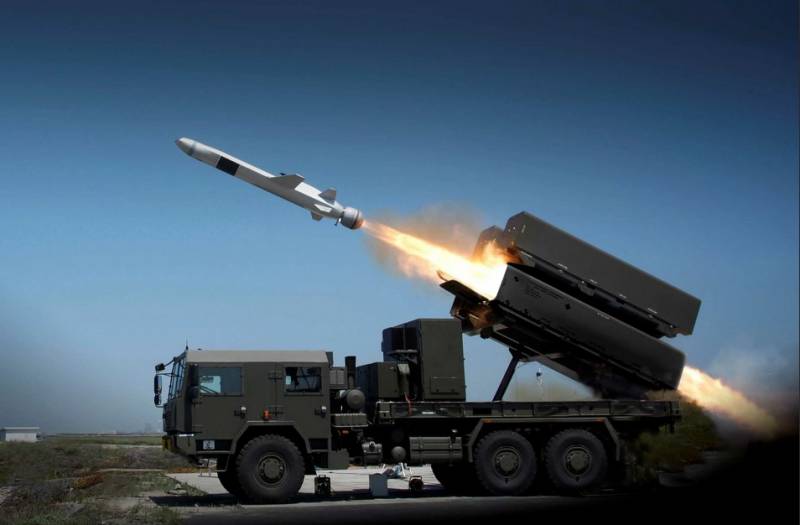
What we have in the asset?
In the asset - in the sense of what our Twice Red Banner Baltic Fleet is capable of? Let's look at him without rose-colored glasses. It's better for the faint of heart to leave.
There are no underwater forces. The only submarine B-806 "Dmitrov", launched back in 1986, is somewhat similar to the "Zaporozhye", according to official data, the last time I went camping in 2020. Really breathes its last, but there is no reason for indignant cries.
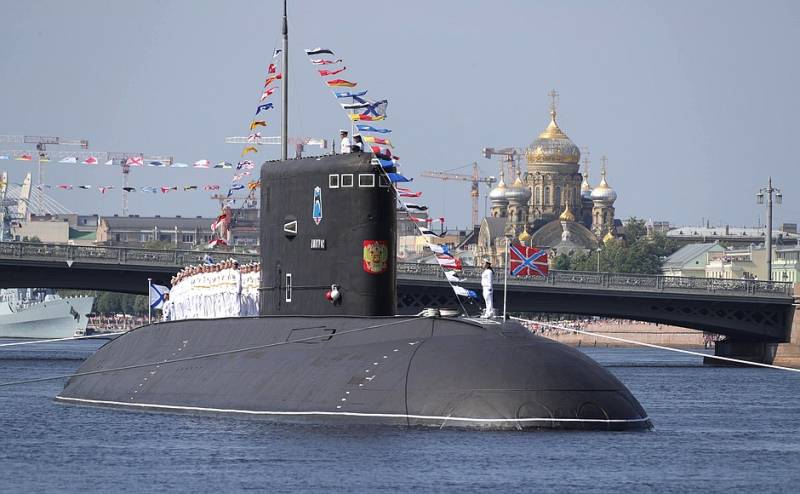
To put it mildly, our part of the Baltic is not suitable for submarine operations. This has been known since the First World War, and what went to the share of the Baltic submariners in the Great Patriotic War, everyone can read on their own.
The flagship of the Baltic Fleet, the destroyer "Persistent" (project 956 "Sarych"), a little younger than the diesel-electric submarine "Dmitrov" (1991), was last on the high seas in 2015, during a sudden inspection of the fleet.
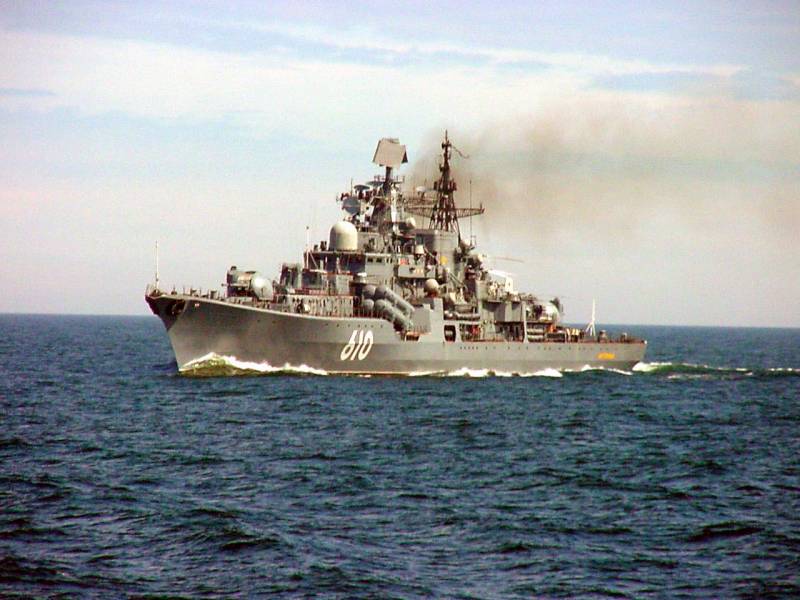
Another repair was carried out in 2019-2022, what this will give the ship is hard to say, the main thing is not to draw parallels with the warm sea fleet.
Patrol ships of the 2nd rank of the project 11540 "Hawk", "Yaroslav the Wise" and "Fearless" are in a not entirely clear state. Fearless was modernized from 2014 to 2023, and it is still difficult to say how the repair ended.
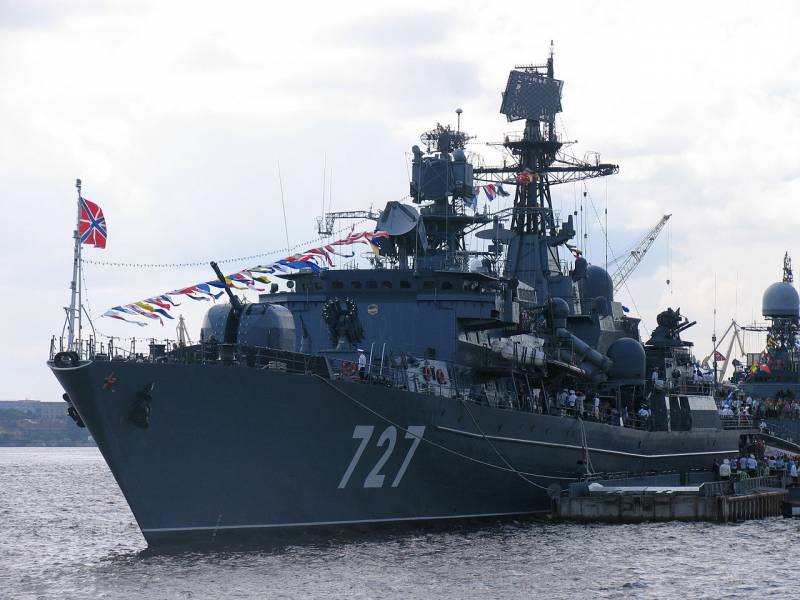
"Yaroslav the Wise" was built from 1988 to 2009, then it was well driven on combat missions, the last repair was in 2021.
Corvettes of the 2nd rank of the project 20380 of the "Guarding" type.
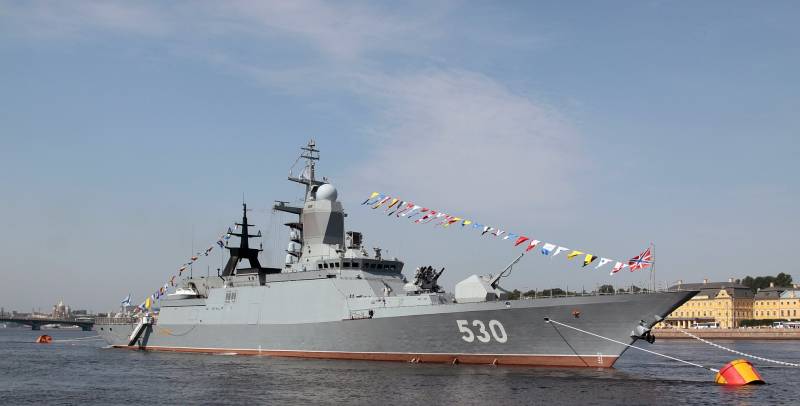
Sound in my opinion "mini-frigates", with very strong weapons, more typical for frigates, but with very vague air defense. Especially in the “Guardian”, in the “Savvy”, “Courageous” and “Resistant” air defense looks better, but in the face of a large number of enemy aviation in the air (and there will be a lot of it, NATO only fights like this) these boats will have a very short life.
It doesn’t look strange, but the main threat to NATO ships in a hypothetical conflict will be small ships, with which the fleet was equipped not entirely clear for what reasons, but more or less in quantity.
Here, of course, everything is in a heap: both the old RTOs of projects 1234 "Gadfly", living out their lives, but partially equipped with "Onyx", and RTOs of project 21631 "Buyan-M", the ships are not without flaws (imprisoned under shallow water and do not have a normal seaworthiness), but with decent modern weapons, and very good RTOs of project 22800 Karakurt.
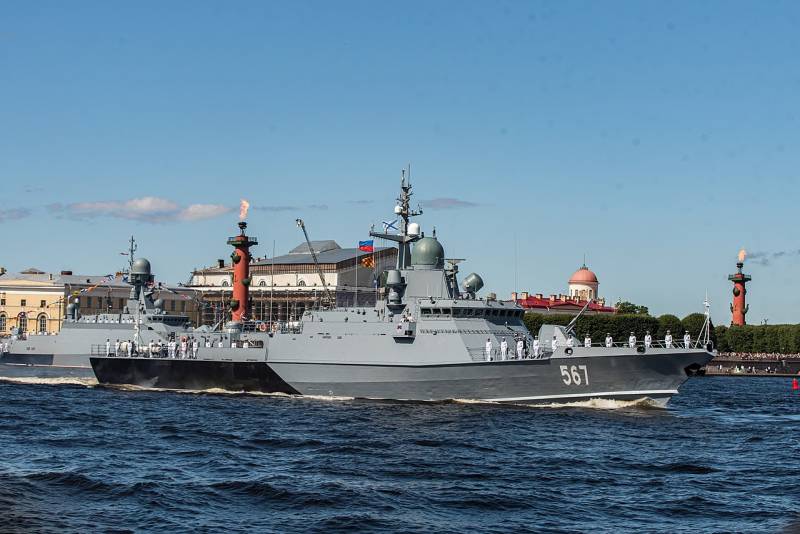
Well, it’s completely incomprehensible in what role the project 1241 Molniya missile boats, frankly weak and old, whose armament consists of P-270 Moskit anti-ship missiles at best, play a role. At worst, the P-15 "Termite" comes from the 50s of the last century.
It is difficult to say what kind of force two dozen of these ships will represent in reality, but this is the main strike force of the Baltic Fleet, no matter how sad it may sound. 4 corvettes and about 20 missile ships. All.
With anti-submarine and anti-mine forces, everything is also sad. One minesweeper of project 12700 "Alexandrite" and six small anti-submarine ships of project 1331M, living out their lives - that's all too.
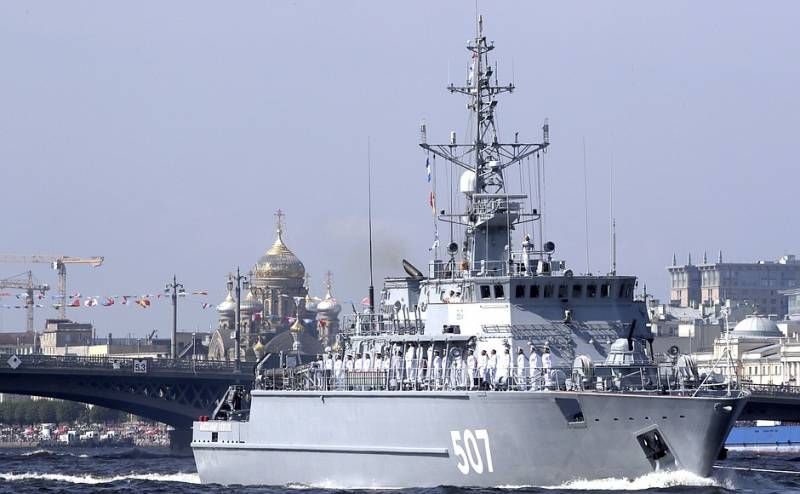
Yes, the new-generation corvettes of the Guardian project can also arrange a difficult life for submarines, but relying on four ships to solve all problems is overly presumptuous. Waiting for something from veterans...
Possible developments
In fact, the point is not only that the ships are old. The Baltic is generally a very complex region, this has been known for more than 100 years. Elongated water area, shallow, with limited fairways, through and through by means of control and tracking. It is not easy to act in the Baltic, here it is worth recalling the historical example of the Moonsund battle, when five German battleships and a hundred support ships rather unsuccessfully stomped around two Russian battleships (Slava / Borodino and Grazhdanin / Tsesarevich) with a dozen destroyers.
Since then, nothing has changed, except that the mines have become smarter and more dangerous. And we also do not have any sane concept for the use of the fleet. The very vague "safety of shipping" is, you know, not for an envelope with a red stripe.
So, two basing centers.
Baltiysk
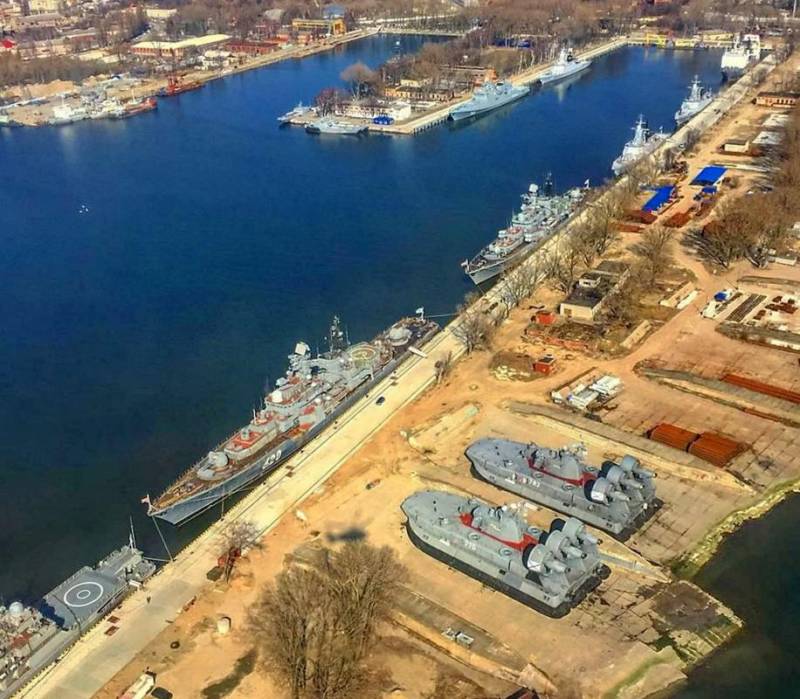
Our missile ships, project 20380 corvettes are based there, if the flagship of the Baltic Fleet, the destroyer Persistent, gets out of repair, its place will also be there.
These ships can immediately be crossed off the list 10 minutes after the start of the Hour. They will be hit from two sides at once, the simplest task is from a distance of 30 km, from Polish territory, you can work with everything in general: rockets, MLRS shells, conventional artillery.
And beforehand, all acceptable fairways can be bombarded with mines (which will definitely be done so that the ships do not go anywhere from Baltiysk), which there is practically nothing to remove. One minesweeper for the entire Baltic is not serious.
So the scenario of the Great Patriotic War "Ships stand at the walls and receive from aviation" is likely to be implemented with the same degree of probability. Why come up with something new if the old one will work just fine? Considering that ballistic and cruise missiles, long-range MLRS and artillery are now being added to aviation, you don’t have to worry much.
Given that the ship is a rather expensive product of the military-industrial complex of any country that builds them on its own, it is very doubtful that in the future we will be able to see sea battles in the spirit of the Moonsund battle in the Baltic in the future. Everything will be decided by strikes from the safest possible distances.
Who will start is clear. There is a trio of dudas players (dudas is a Baltic bagpipe, if anyone does not know), who will play and sing a sad melody according to the given notes that ... they will play what they write. And it's not suicide. Here, the main thing is to start, and as practice shows, then the lads will catch up. “Respond to the aggression”, committed, of course, by Russia, against one of the small, but very proud (preferably all Latvia, because it is closer to the enclave) republics.
And now the provocation has happened, and what's next? What follows is a terrible mess. Denmark will open the straits for its own, pandemonium will begin in the Gulf of Gdansk, and all over the Baltic is just a madhouse. Who will sort out the inevitable mess like "who threw the boots on the remote control"? Submarines, missile ships will be handed out to both our own and others, and the civilian side will get it.
And this is not my invention, I read many real experts who once wore black shoulder straps, they all say that the conflict in the Baltic will be fleeting and very intense, with the complex use of surface, underwater, air and ground forces.
Here it should be noted that NATO does not need an unequivocal and confident victory. For a minute before this very victory, as many on the other side believe, a nuclear strike will follow. Therefore, no one wants to bring the confrontation to such an unequivocal ending. But to make navigation towards Kaliningrad impossible is easy.
Because minelayers, pouring hundreds of mines into the Baltic waves, Drones-kamikaze of all stripes, torpedoes, missiles, shells, combat divers of all stripes - all this will definitely turn the Baltic into a non-navigable lake, on which even a minesweeper will be more expensive to walk.
And what about our schedule?
For starters, the so-called Polish fleet: three submarines and two frigates. Not god knows what, but close.
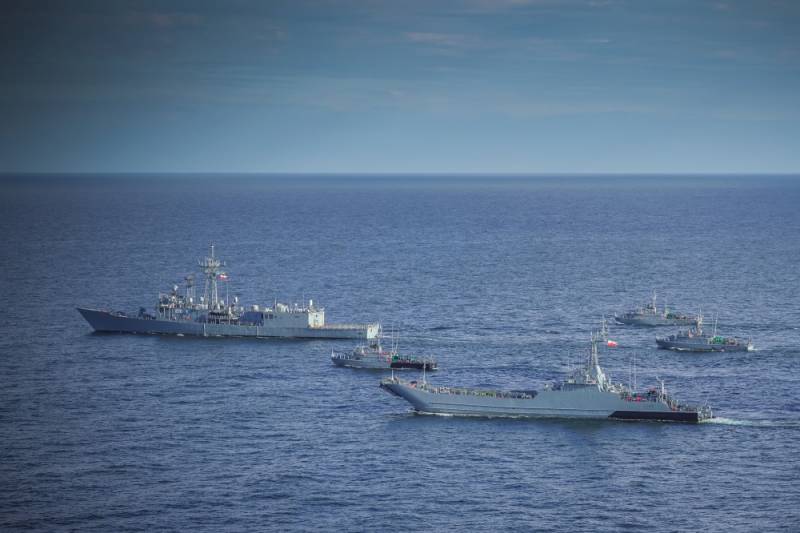
Sweden: 5 submarines, 7 corvettes and 7 minesweepers.
Finland: 6 minelayers and 13 minesweepers.
Germany: 6 submarines, 12 frigates, 6 corvettes and 19 minesweepers.
It is clear that all this power will not work, but even the part that is capable of launching torpedoes from under the water and throwing mines into the water is more than enough to paralyze all traffic along the Ust-Luga-Svetlogorsk line.
Can the DCBF represent at least something in terms of counteraction? Nominally yes. In theory, the "mosquito fleet" may well play against the usual one with anti-ship missiles. In practice, the question is whether small missile ships can withstand modern frigates.
"Uranus" is a very good, albeit old, rocket, but in order to "scare" a German frigate of the Baden-Württemberg type with it, they need at least 3-4, since the rocket is designed for ships with a displacement of up to 5000 tons. But whether the German frigate will allow itself to be poked with Uraniums is a question, since it is armed with RAM missiles, which are also quite good in terms of destroying anti-ship missiles.
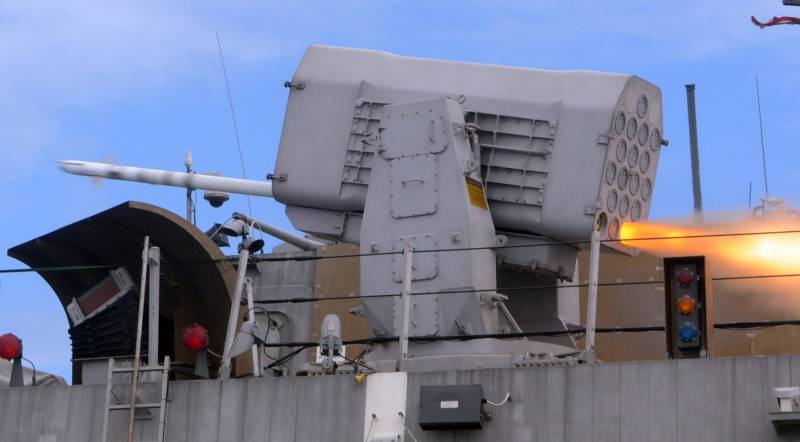
The “mosquitoes” will definitely not protect the enclave. Unfortunately, thoughts about the effectiveness of the DCBF in its modern form are gloomy, because in fact the fleet is a flotilla of small ships, reinforced by four modern corvettes.
If you look at the composition of the Caspian flotilla, you will be surprised to be able to state the fact that there are no less modern ships there, and the possibilities in terms of a one-time missile salvo, if worse, then not much. For two corvettes.
What is the conclusion and what to do?
There is an opinion that new ships from the Baltic in general could be relocated to the Black Sea. There is an unambiguous shortage of ships there today, and there are more than enough targets in the future. Old ships can be left, their fate in any case will be unenviable, start a full-fledged conflict there.
The question “how to protect our shores” does not require much thought. What all ships fear. Aviation and coastal complexes. Operational-tactical complexes with ballistic and cruise missiles. "Bal" or "Bastion", disguised on the shore, is much more difficult for a ship to detect than the same RTO that went to sea. Calculate the trajectory and hit something at the launch site? Can. But - 2 minutes for everything, then the same "Bastion" turns off and leaves the place of its launch at a speed of 60 km / h.
Saturating our coastline with mobile missile systems is a very difficult but important task. It is not easy to place, it is necessary to create a bunch of positions, main, reserve, false, making it as difficult as possible for the enemy to make a preemptive strike.
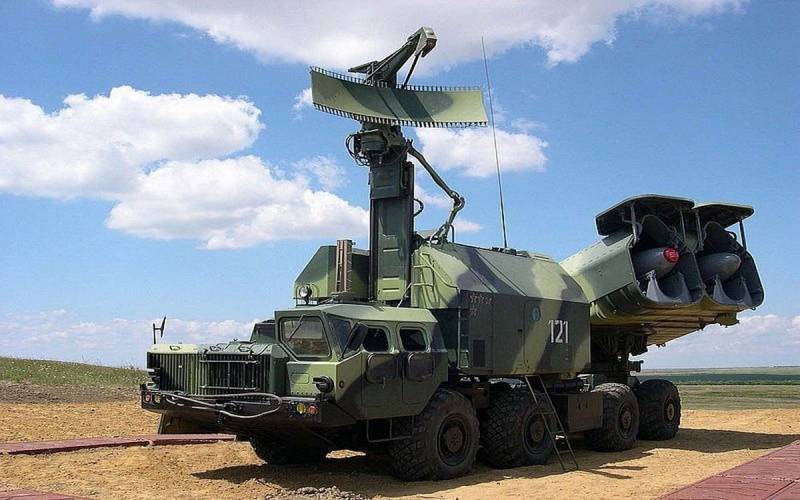
Yes, RTOs carry 8 Uranovs, and Bastion carries 2 Yakhonts. Further, pure arithmetic, in which the coastal complex wins.
We do not have a normal fleet capable of protecting Kaliningrad. This means that it is not worth rushing to build it, there is neither time, nor money, nor production capacities. And additional missile battalions, coupled with launch missiles, capable of not only preventing the adversary from reaching their shores, but also hinting to him directly in the capital that it is not good to offend us is an option.
Helsinki is 250 km in a straight line from the Leningrad region or even less. To Stockholm 500, but for "Caliber" this is not a distance.
Plus, the long-range and strategic aviation bases in the north, from where the Tu-22M, Tu-95 and Tu-160 can arrive, is no less important component of success than Balls and Bastions.
And in general, the sea is half the battle, it is very important what will happen on land.
There is another unexpected element here. This is… NATO!
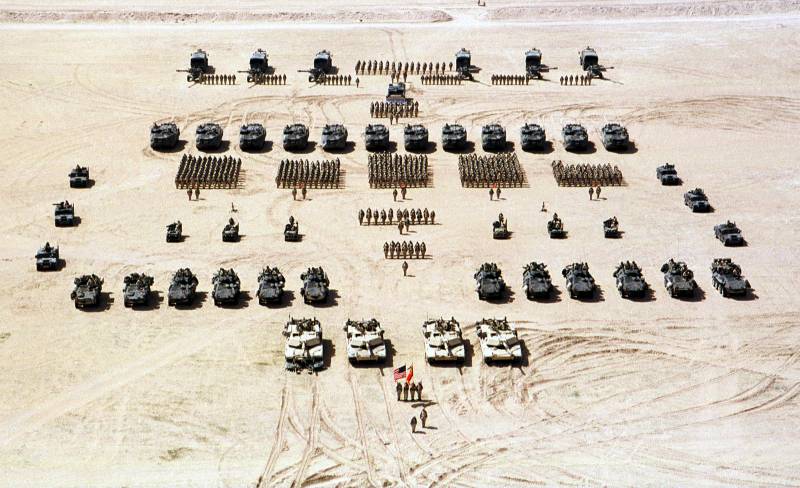
There are people who are very skeptical about what is written above. That is, to a quick and unconditional victory for NATO in the Baltic. And these are people ... Swedes! Perhaps that is why Sweden is not yet in the bloc, unlike its weak neighbors.
In this country, there is such an institution as the Defense Research Institute (FOI), an institution that operates on the money of the Swedish Ministry of Defense and regularly pleases the military with serious analytics, which are then published without secret components for everyone.
There was such a publication, “Containment with reinforcements. The Strengths and Weaknesses of NATO's Defense Strategy. The translation may not be entirely accurate, but: one gets the impression that they wrote just for the Balts, Finns and Poles.
So, the main enemy of the NATO countries in the war with Russia, the Swedes consider not rockets or bombs, but time. The time it will take to transfer and deploy the bloc's forces.
You know, it seems that here it is, a division there, a brigade here... They all need to perform very complex manipulations in order to start fighting, protecting these small ones. That is, everything looks exactly like ours:
- loading into the PPD;
- transfer to the theater;
- deployment in a given area;
- the beginning of hostilities.
And here, too, there are a couple of devils who sit in the details. For all the time that the Baltic soldiers were in NATO, not a single brigade-level exercise took place on their territory. We are simply silent about divisional ones, all maneuvers in the Baltic states with the military formations of these countries were at the level of battalion groups.
But even the so-called NATO Response Force (NRF) that arrived, which will spend a week on this, if something is left there in a week, this something will have to merge into the NRF and replenish battalion groups to brigades.
If there is something to replenish in a week.
Besides, in a week it will still be a hodgepodge of NRF and local units, disjointed and inconsistent. Here we can recall the disgrace of the 2017 model, when the US and German defense ministries ventured to arrange exercises for two armored brigades. This resulted in such a disgrace, about which everyone involved in the topic wrote for half a year. Here even our organizers of the army mess thoughtfully scratched their caps with the words “No, we can’t do that. You have to learn…”
This is when the 1st US tank brigade cockroached at home for 40 days, gathered with sin in half, plunged and 21 days later gathered in Antwerp. Well, after another 15 days, she arrived at the exercises in Poland. That is, approximately 76 days, that is, more than two months.
Of course, if you plan everything in advance and start going to war with Russia six months in advance...
The German light armored brigade was just from the NRF, it took exactly 17 days to Poland. Through, I emphasize, the territory of Germany, not through Greece drove.
And all this is within the framework of the 4 x 30 operational strategy, which provides for the deployment of 30 motorized rifle battalions, 30 aviation squadrons and 30 warships in one of the NATO countries in 30 days in order to protect it.
Even without our intervention, it will be a brightly colorful show with rake dances.
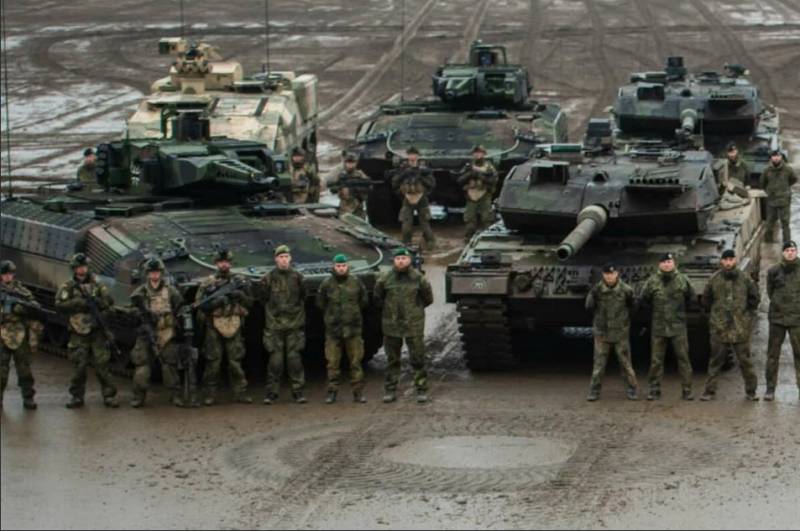
So really, it makes sense not to look in the direction of the Baltic Fleet, in the state in which it is, it will not be able to do something real. So, it is necessary to switch attention to the land. Poland, which today is buying up weapons all over the world and is preparing for who knows what - this is serious. And with the overruns of the gentlemen - and even more so.
Of course, watching how our Black Sea Fleet participates in the NWO and what results it has in this, it’s scary for the Baltic, to be honest.
However, when I say that DCBF ships can be destroyed at the piers, I do not mean that it will be necessary to escort them to the bottom with tears in our eyes, but simply to take measures to ensure that what can destroy these ships, was destroyed earlier.
Pretty simple recipe for victory.
- Roman Skomorokhov
- extremnews.com, kongsberg.com, wikipedia.org, arnfoto.ru, mavink.com
Information